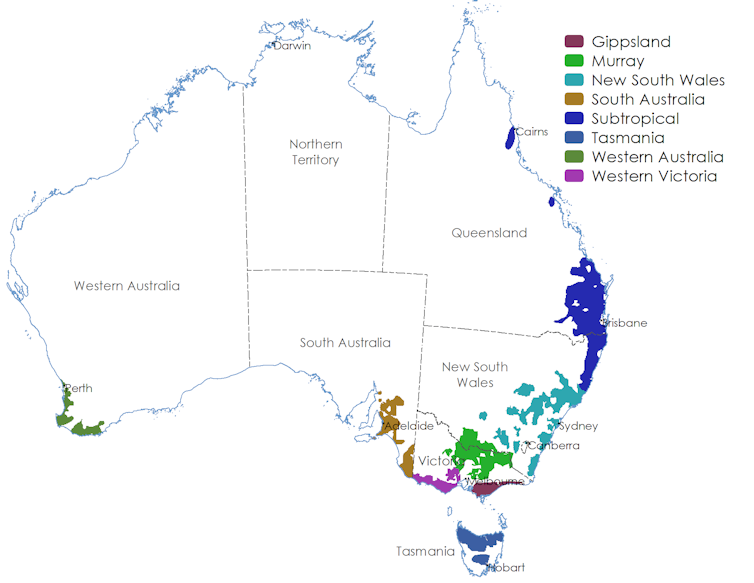
Image by freepik
As the metaverse becomes more advanced and accessible, it's clear that multiple sectors will use digital twins and 3D product experiences to visualize, connect, and streamline efforts better. A digital twin is a virtual replica of ...

In recent years, the mobile gaming landscape has undergone a significant transformation, with mid-core mobile games emerging as the dominant force in app stores by 2025. This shift is underpinned by changing user habits and evolving monetization tr...

Key Highlights
ITIL 4 focuses on IT service management, emphasising continual improvement and value creation through modern digital transformation approaches.
PRINCE2 project management supports systematic planning and execution of projects wit...

Image by freepik
As industrial operations become more complex and fast-paced, the risks faced by workers and employers alike continue to grow. Traditional safety models—reliant on manual oversight, reactive investigations, and standardised checklist...

Alright, fellow adventurers and relaxation enthusiasts! So, you've packed your bags, charged your devices, and mentally prepared for that glorious King's Birthday long weekend. But hold on, are you really ready? Because a true long weekend warrior kn...

Keeping a workplace clean, safe, and free from pests is essential for maintaining productivity, protecting employee health, and upholding a company's reputation. Pests pose health risks, can cause structural damage, and can lead to serious legal an...














